6 Great Mutual Funds That Benefit From Small Portfolios
A manageable portfolio holds between 20 and 30 stocks, roughly balanced by sector and weighted fairly equally.

Twenty years ago, in his letter to Berkshire Hathaway shareholders, Warren Buffett quoted Mae West, sex symbol of the 1930s: “Too much of a good thing can be wonderful.” The Oracle of Omaha was alluding to diversification, the benefits of which were overrated, he suggested. Explained Buffett: “I cannot understand why an investor…elects to put money into a business that is his 20th-favorite rather than simply adding that money to his top choices—the businesses he understands best and that present the least risk, along with the greatest profit potential.” Not to mention that when you own too many stocks, it’s hard to keep track of them.
Of course, when you own too few stocks, you run the risk of a huge loss if one of them suffers a calamity. Enron employees learned that lesson the hard way in 2001. If, however, you own everything in Standard & Poor’s 500-stock index, the most widely followed benchmark for the U.S. stock market, you will experience less-volatile performance. If a single company in the index were to vaporize, it would, at most, knock 0.3% off the value of your portfolio.
There’s a happy medium between diversification and what Peter Lynch, the former manager of Fidelity Magellan, once called “diworsification,” and it’s probably a smaller number of stocks than you think. Consider research about long-term stock-market returns by Joel Greenblatt, the Columbia University professor and hedge fund manager. He found that if you owned the U.S. stock market as a whole, two-thirds of the time the range of returns varied from a loss of 8% to a gain of 28%. But if you owned just eight stocks, the range of performance was not that much greater: from a loss of 10% to a gain of 30%. Daniel Burnside, writing in AAII Journal, published by the American Association of Individual Investors, looked at the market over a 41-year period ending in 2001 and concluded that owning 25 stocks reduced “unsystematic” risk (the risk of not diversifying at all) by 80%, while owning 100 stocks reduced that risk by 90%—that is, not much more.

Sign up for Kiplinger’s Free E-Newsletters
Profit and prosper with the best of expert advice on investing, taxes, retirement, personal finance and more - straight to your e-mail.
Profit and prosper with the best of expert advice - straight to your e-mail.
A manageable portfolio holds between 20 and 30 stocks. As long as they are roughly balanced by sector and weighted fairly equally, that number is enough to reduce systematic risk significantly. If you want to eliminate that risk, you can simply buy an exchange-traded fund such as Vanguard Total Stock Market ETF (symbol VTI), which at last report held 3,657 stocks. But if you want to beat the market, you’ll need to accept some risk, and the smartest way to do that is by slimming down your portfolio.
A preference for compactness. The same principle applies to funds. Sure, there are some great funds that own a lot of companies. Fidelity Low-Priced Stock (FLPSX), with 893 stocks, is a good one (the fund is a member of the Kiplinger 25). But I have a soft spot for more-artisanal funds, with small portfolios, low turnover and a founder who has often made the key decisions for decades.
Consider Parnassus (PARNX), launched 29 years ago by Jerome Dodson, a Berkeley political-science major. Dodson is still managing this paragon of socially screened investing. Parnassus owns 46 stocks, or about half the average for a U.S. stock fund, and nearly half of its assets are in just a dozen companies.
In a class by itself is Fairholme (FAIRX), run by founder Bruce Berkowitz, a bargain hunter to the extreme. Fairholme is more hedge fund than standard mutual fund, with only six stocks and a scattering of bonds. Its largest holding, American International Group (AIG), equals a whopping 47% of assets.
Both funds have delivered great long-term results, but they are also highly risky. In 2011, for instance, a year the overall U.S. market earned 2.1%, Fairholme fell 32.4%; the next year, it gained 35.8%, beating the S&P by 20 points. Morningstar gives Parnassus a risk rating of “high”; it is 23% more volatile than the average fund.
[page break]
There are less volatile focused funds. ING Corporate Leaders Trust Series B (LEXCX), which turns 80 next year, holds a nearly unchanging portfolio of 22 stocks, headed by Union Pacific (UNP), at 12% of assets, and ExxonMobil (XOM), at 11%. The fund has beaten the S&P 500 handily over the past ten years, yet the fund’s volatility was lower than the overall market’s. And the annual expense ratio is only 0.52%—about half that of the typical concentrated fund.
Jensen Quality Growth (JENSX) has been even less risky than Corporate Leaders, although its ten-year return is lower. That may be a decent trade-off: In 2008, when the market tumbled 37%, Jensen fell only 29%. It’s a scrupulously structured fund that tries to keep the weightings of its holdings nearly equal. It owns 28 blue-chip stocks, led by PepsiCo (PEP), at just 5.1%
of assets.
A strong concentrated fund that specializes in midsize companies is FPA Perennial (FPPFX). It owns 30 stocks and has an annual turnover rate of a mere 2% (suggesting that, on average, it holds a stock for 50 years). The portfolio favors industrial and consumer cyclical stocks and contains no banks or real estate companies. The risk level is average.
Unfortunately, three of the best concentrated funds closed to new investors at the end of last year. But keep an eye on them; if the market drops and investors bail out of stock funds, they could reopen soon. One is Sequoia (SEQUX), a 43-year-old fund managed by Robert Goldfarb, with 42 stocks and one-third of its $8 billion in assets concentrated in just three companies: Valeant Pharmaceuticals (VRX), a Canadian drug maker; Warren Buffett’s Berkshire Hathaway (BRK.A); and retailer TJX (TJX).
The other two, Yacktman Fund (YACKX) and Yacktman Focused (YAFFX), were founded by Donald Yacktman, who has lately ceded much of the funds’ management responsibilities to his son Stephen. Focused has 37 stocks; Yacktman has 43. The portfolios are similar. Turnover is in the single digits, so if you’re willing to plagiarize, you can simply copy the holdings and own the individual stocks yourself. Top holdings for both funds are PepsiCo, Procter & Gamble (PG) and Twenty-First Century Fox (FOXA).
Finally, don’t forget the best-known concentrated portfolio of them all: the Dow Jones industrial average, which you can buy as a SPDR-sponsored ETF nicknamed Diamonds (DIA). The Dow’s 30 stocks have returned virtually the same as the S&P 500 for the past decade, with very little difference from year to year. That’s proof—if you need it—that 30 stocks is enough.
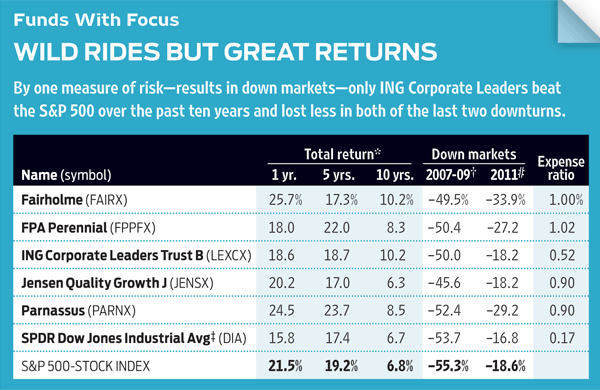
The question, however, is whether your objective as an investor is merely to replicate the market. If it is, then buy Diamonds or, to be slightly more daring, a fund such as ING Corporate Leaders. But if you really want to try to thump the averages, you have two choices: Do it yourself by assembling your own portfolio of 20 to 30 stocks, or put yourself in the hands of someone like Berkowitz or Dodson, for a fee of about 1% a year. If you select the latter course, don’t put all your eggs in the concentrated-fund basket. But some eggs, certainly.
James K. Glassman is a fellow at the American Enterprise Institute and chairman of the firm Public Affairs Engagement. He owns none of the stocks mentioned.
Get Kiplinger Today newsletter — free
Profit and prosper with the best of Kiplinger's advice on investing, taxes, retirement, personal finance and much more. Delivered daily. Enter your email in the box and click Sign Me Up.

-
 Here’s How the Harvard Trump Tax Threat Could Impact You
Here’s How the Harvard Trump Tax Threat Could Impact YouTax Law Trump's latest showdown raises fundamental questions that could reach beyond nonprofit tax status.
By Kelley R. Taylor
-
 5 treats to splurge on with your tax refund
5 treats to splurge on with your tax refundWant to use your tax refund to splurge on a little something nice this spring? Here are five treats to make the most out of that extra cash.
By Rachael Green
-
 I Have $20,000 to Invest. What Should I Do?
I Have $20,000 to Invest. What Should I Do?We asked a financial expert to weigh in on where to invest $20,000.
By Charles Lewis Sizemore, CFA
-
 Why Is Warren Buffett Selling So Much Stock?
Why Is Warren Buffett Selling So Much Stock?Berkshire Hathaway is dumping equities, hoarding cash and making market participants nervous.
By Dan Burrows
-
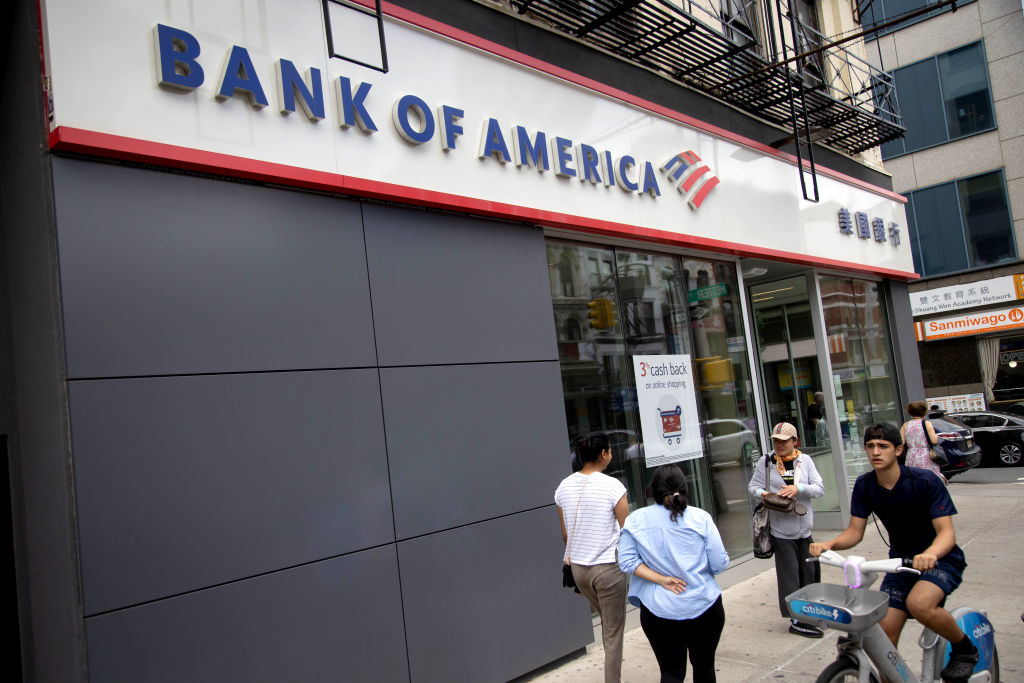 Bank of America Stock Falls As Warren Buffett Keeps Selling
Bank of America Stock Falls As Warren Buffett Keeps SellingBank of America stock is lower Wednesday on news Warren Buffett's Berkshire Hathaway sold another chunk of its stake in the bank. Here's what you need to know.
By Joey Solitro
-
 7 Stocks Warren Buffett Is Buying (and 10 He's Selling)
7 Stocks Warren Buffett Is Buying (and 10 He's Selling)Warren Buffett Warren Buffett's Berkshire Hathaway sold Apple and Snowflake but picked up Ulta Beauty and Heico, among other moves in Q2.
By Dan Burrows
-
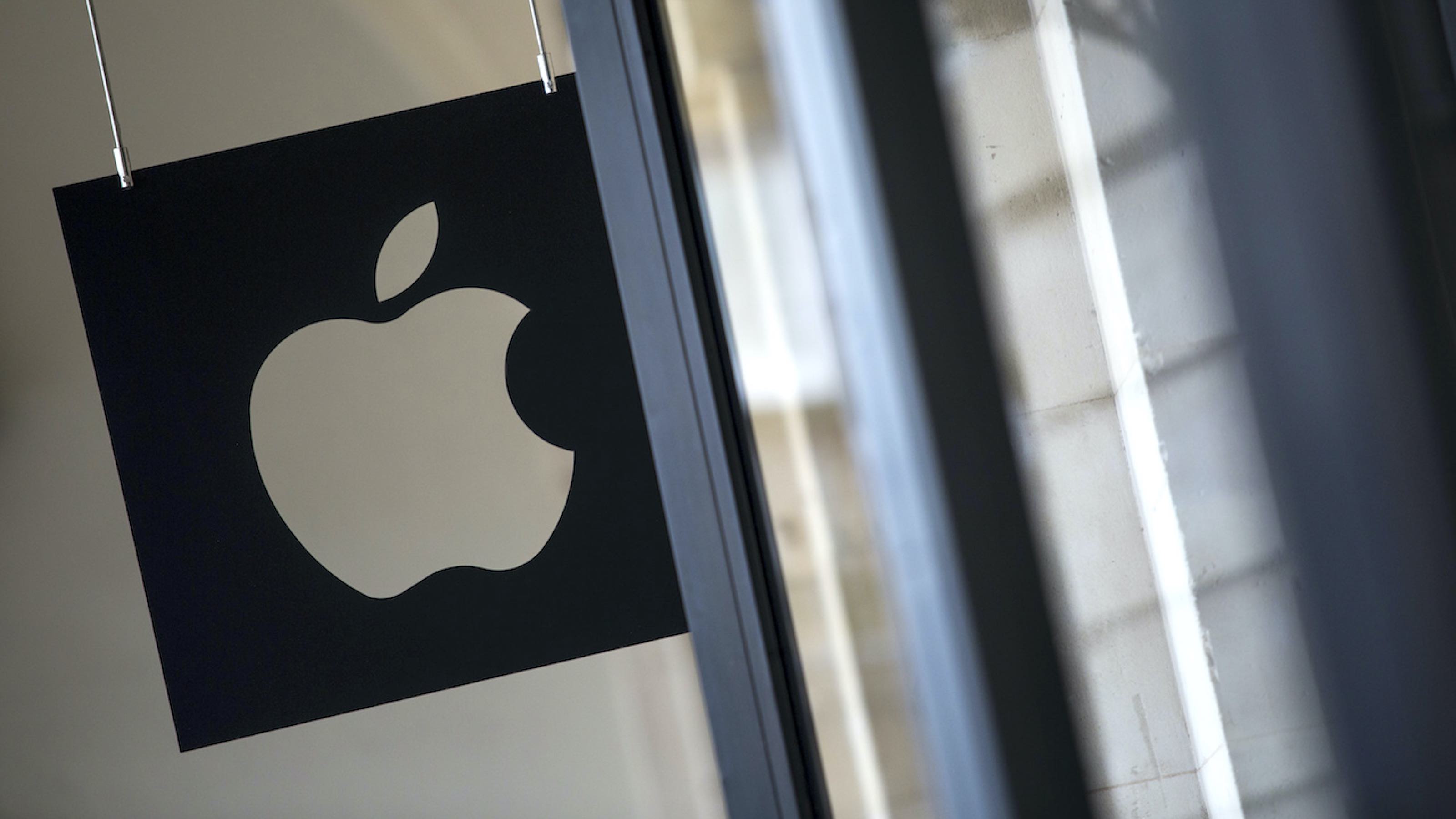 Why Did Warren Buffett Slash His Stake in Apple Stock?
Why Did Warren Buffett Slash His Stake in Apple Stock?Warren Buffett's Berkshire Hathaway dumped Apple, its top stock, by almost half.
By Dan Burrows
-
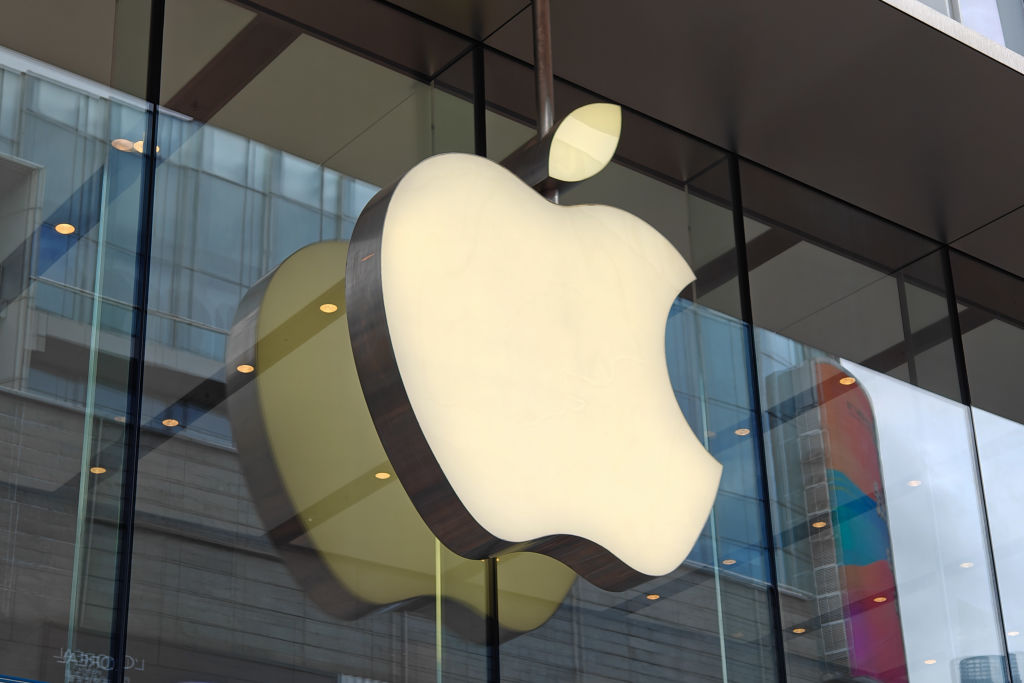 Warren Buffett Adores Apple as Much as Ever
Warren Buffett Adores Apple as Much as EverBerkshire Hathaway trimmed its Apple stake because taxes are "likely" to go up "later."
By Dan Burrows
-
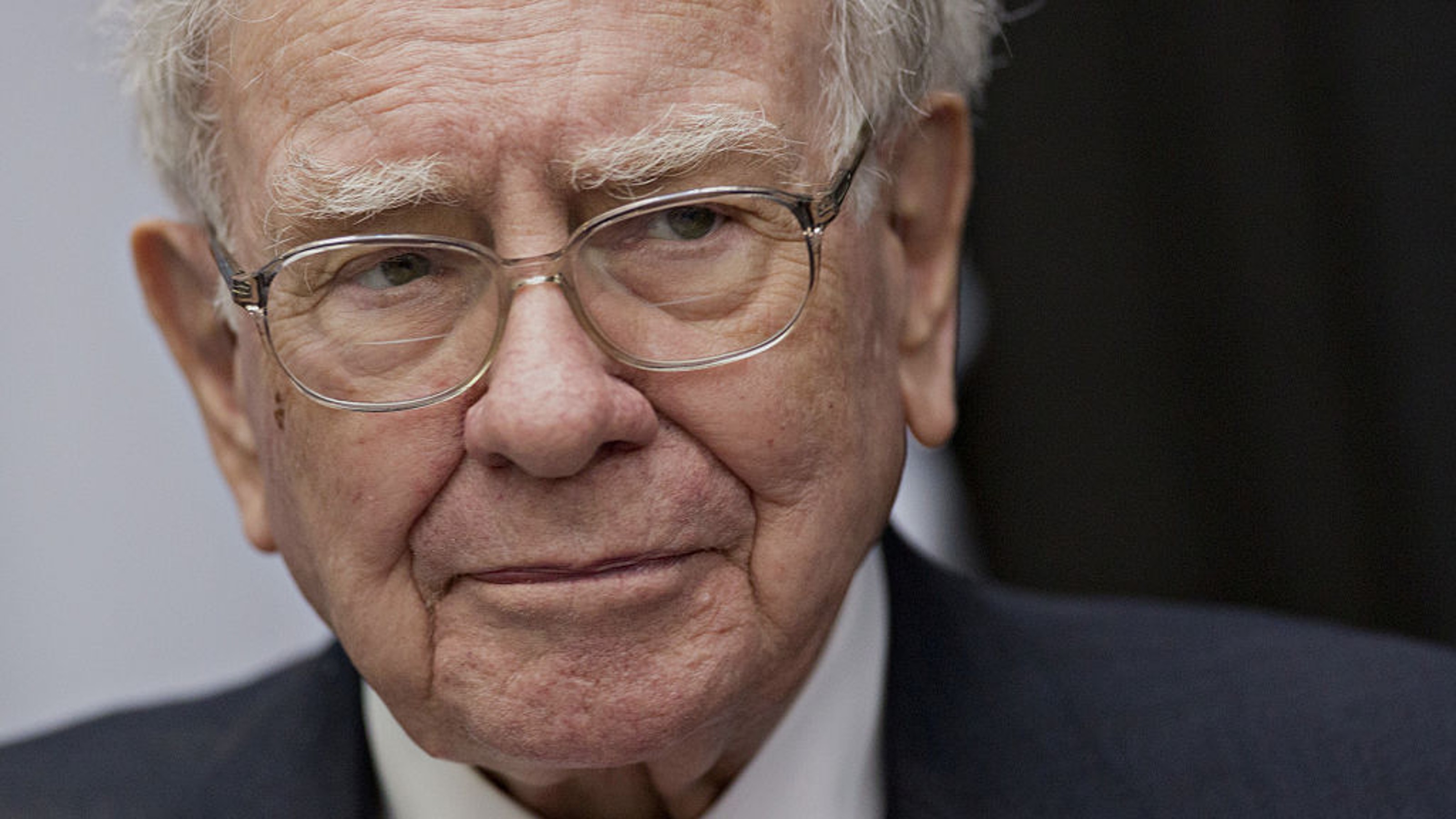 Warren Buffett Stocks: A Look at Berkshire Hathaway's Holdings
Warren Buffett Stocks: A Look at Berkshire Hathaway's HoldingsWarren Buffett's holdings are a diverse set of blue chips and lesser-known growth bets. Here, we look at Buffett's stock picks, as well as those of his lieutenants.
By Dan Burrows
-
 Smart Ways to Invest Your Money This Year
Smart Ways to Invest Your Money This YearFollowing a red-hot run for the equities market, folks are looking for smart ways to invest this year. Stocks, bonds and CDs all have something to offer in 2024.
By Jeff Reeves